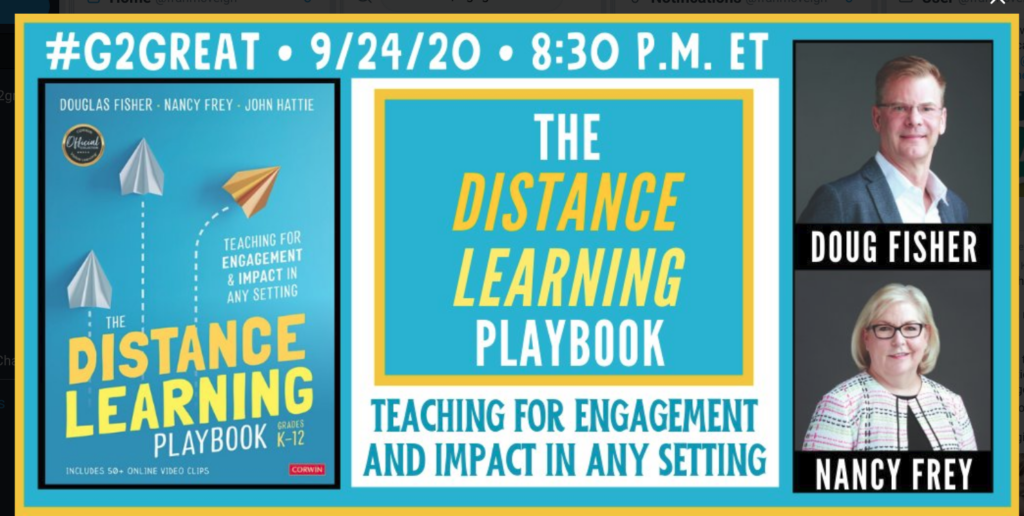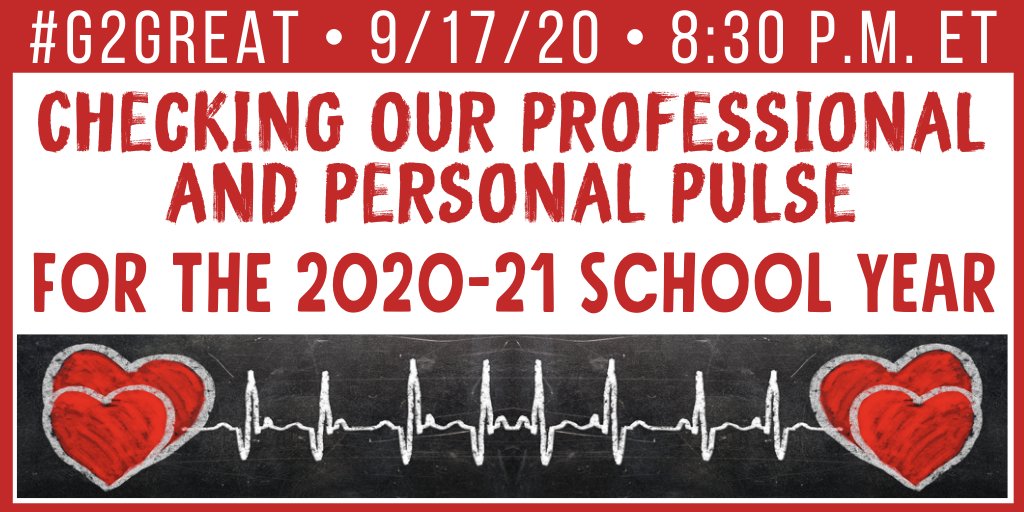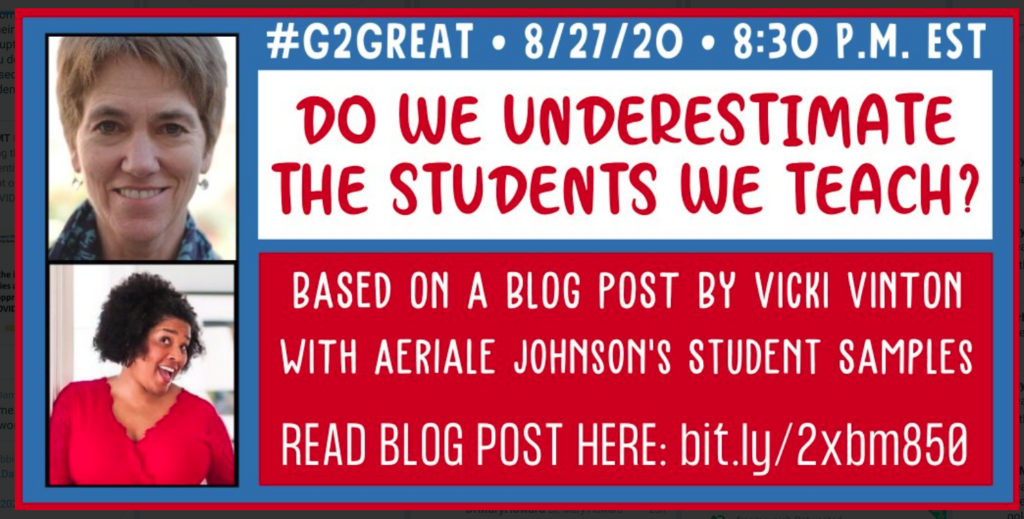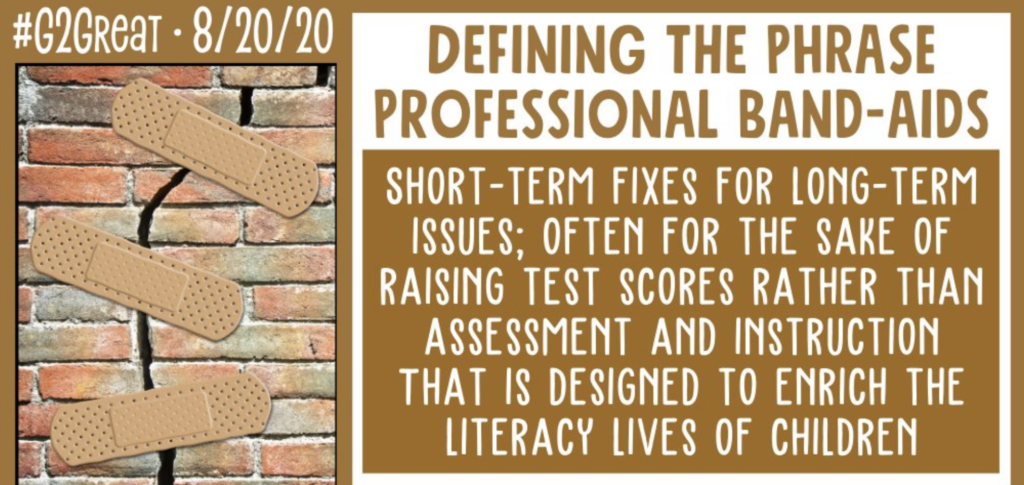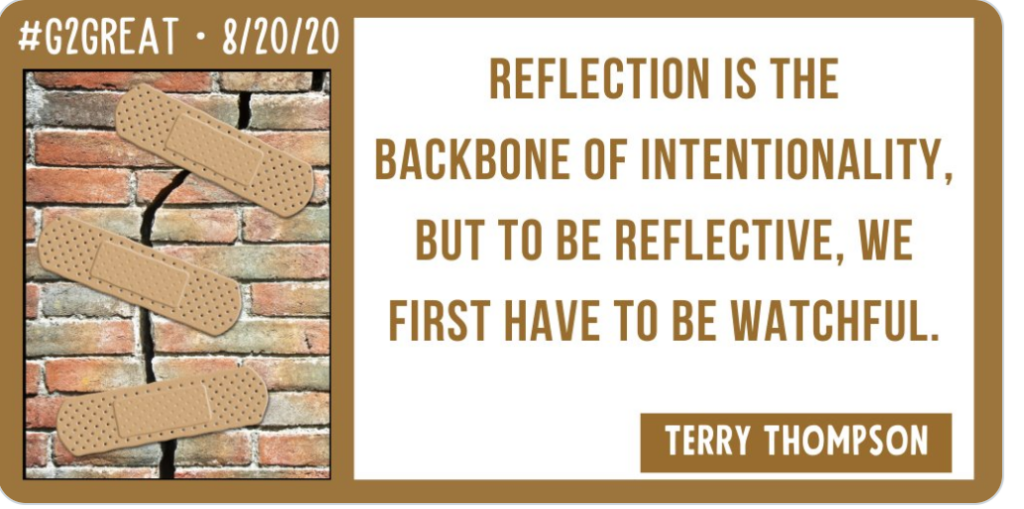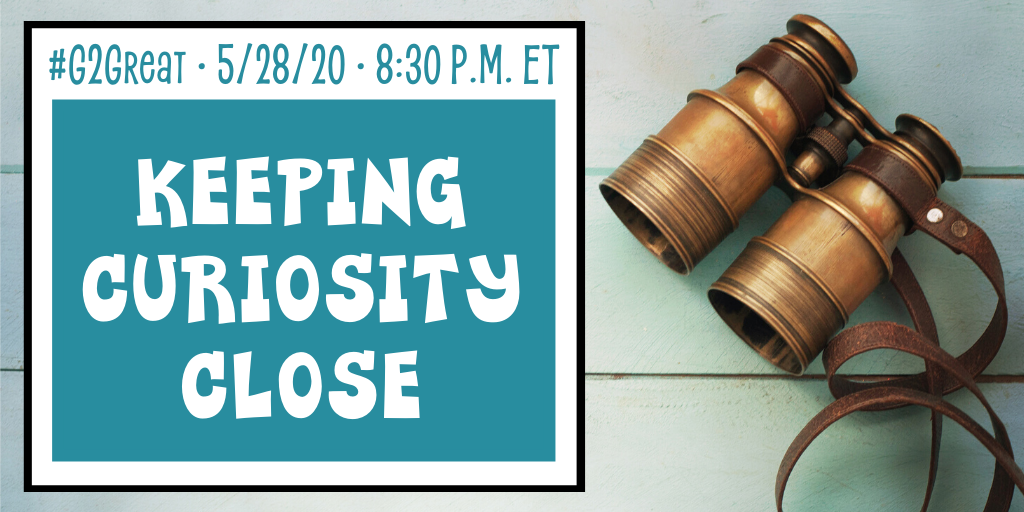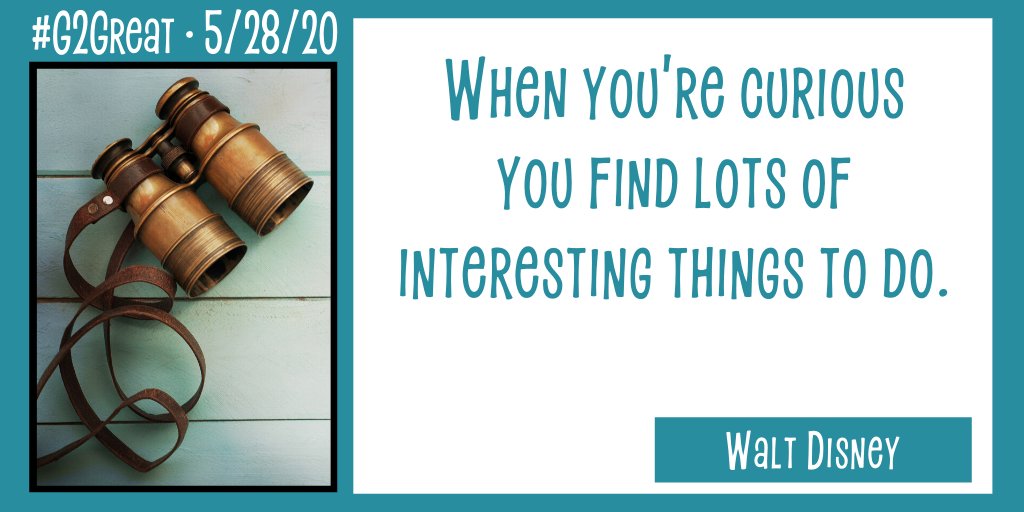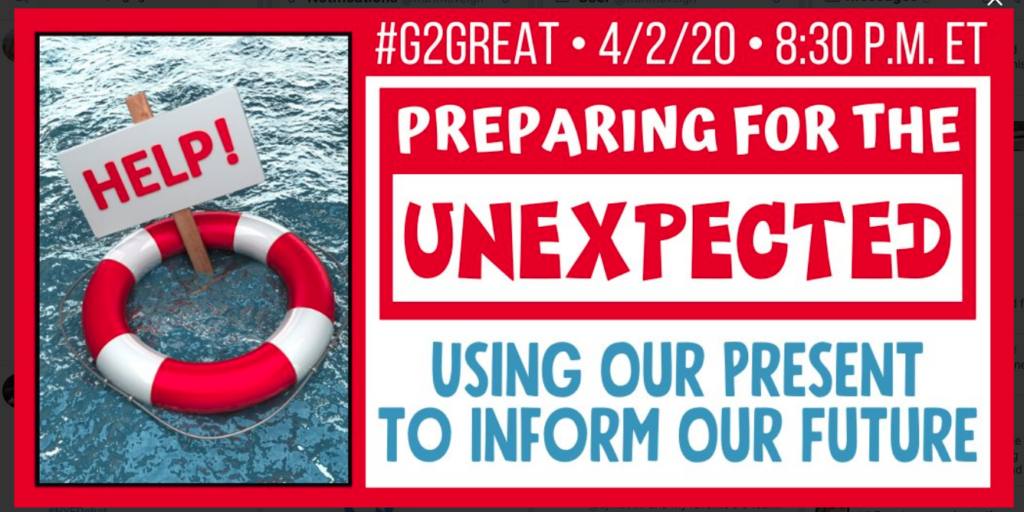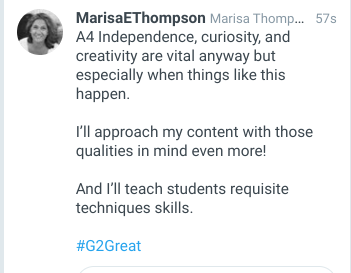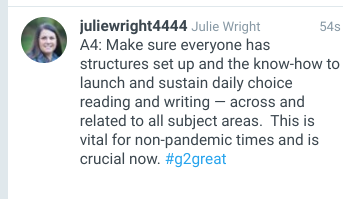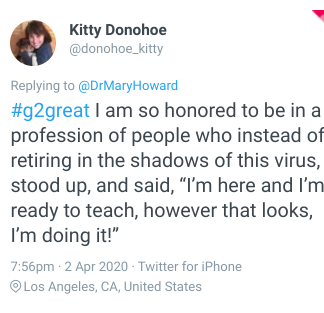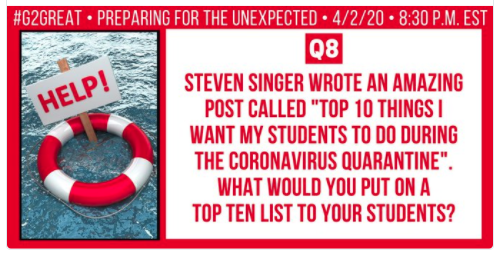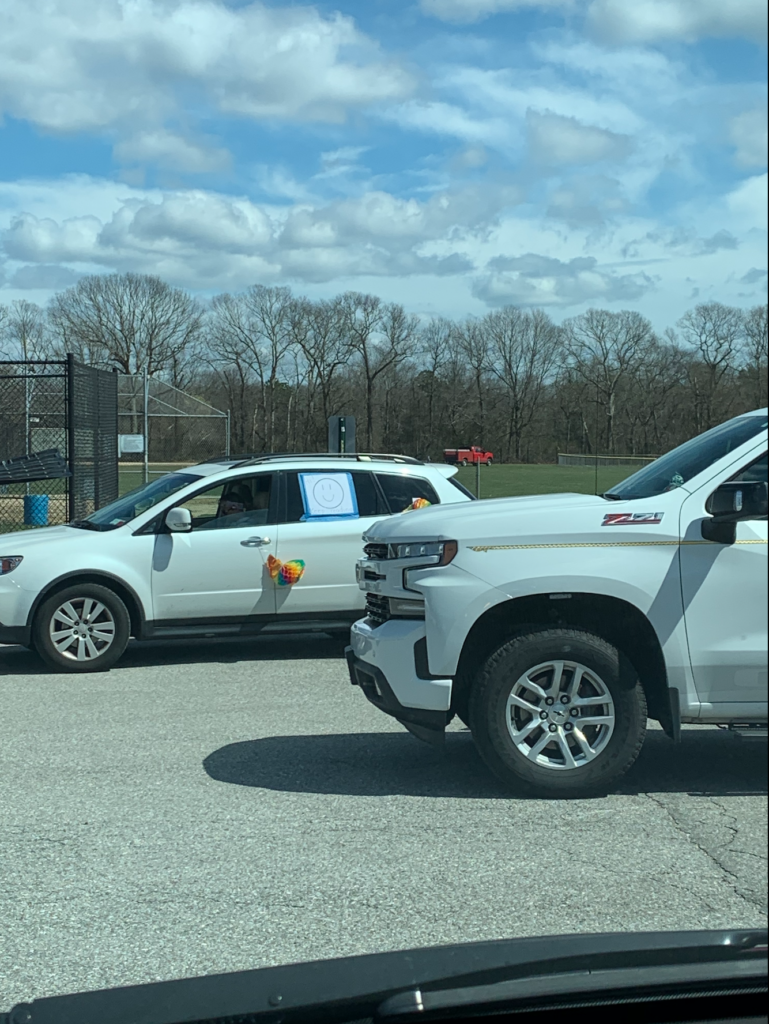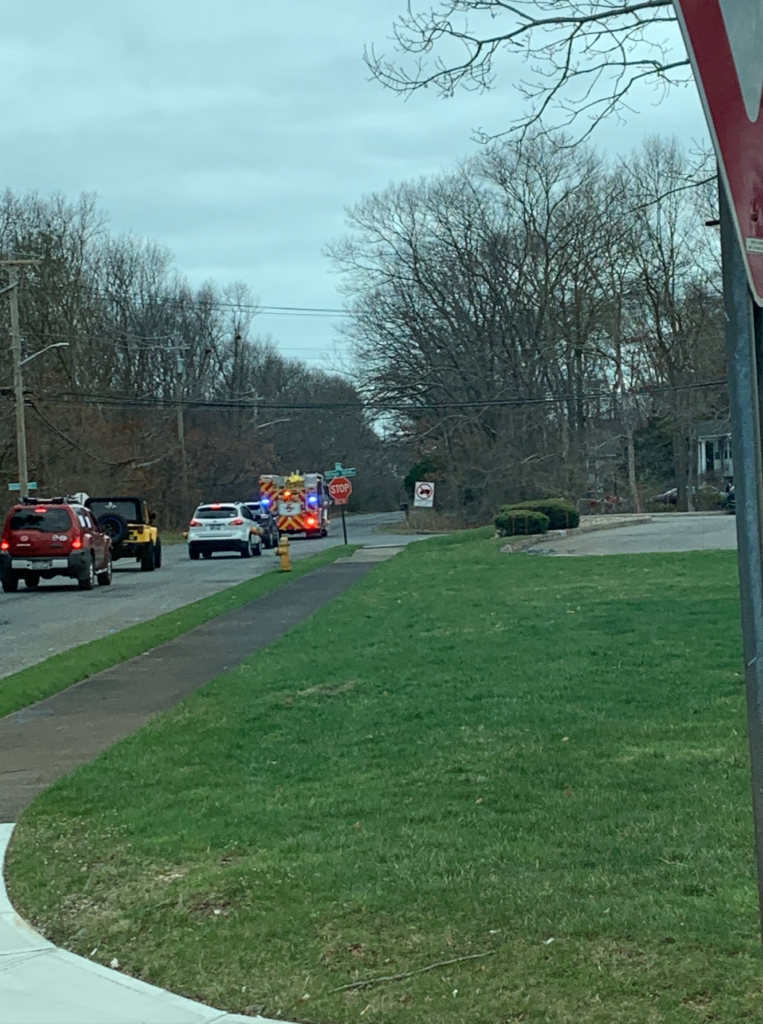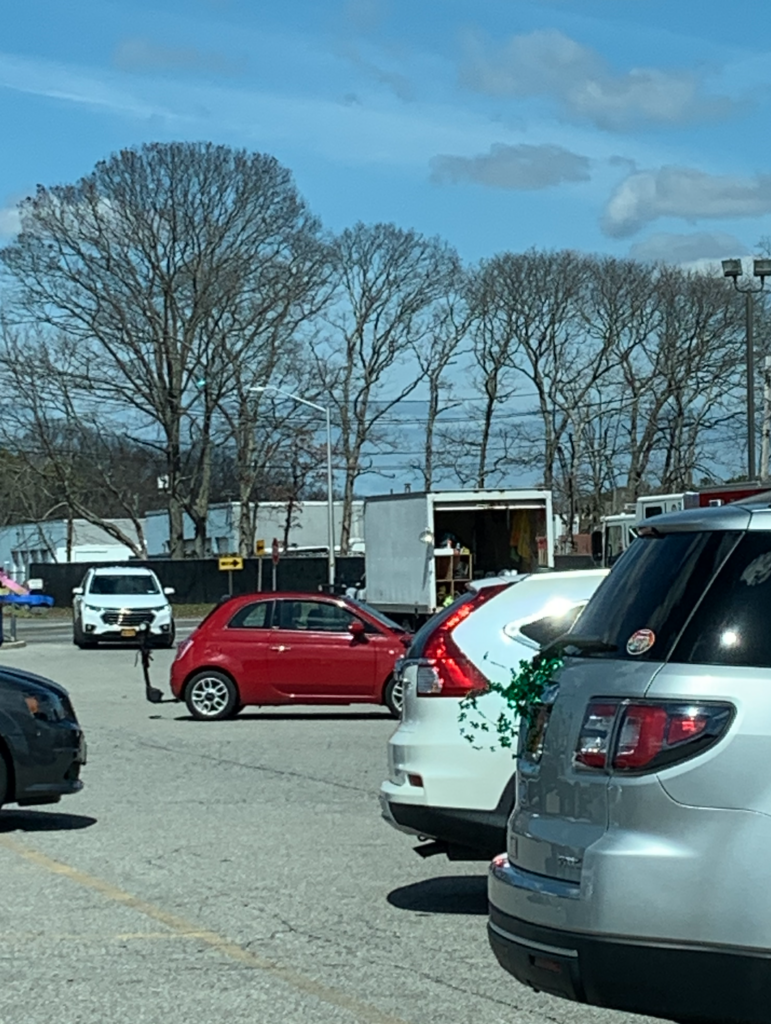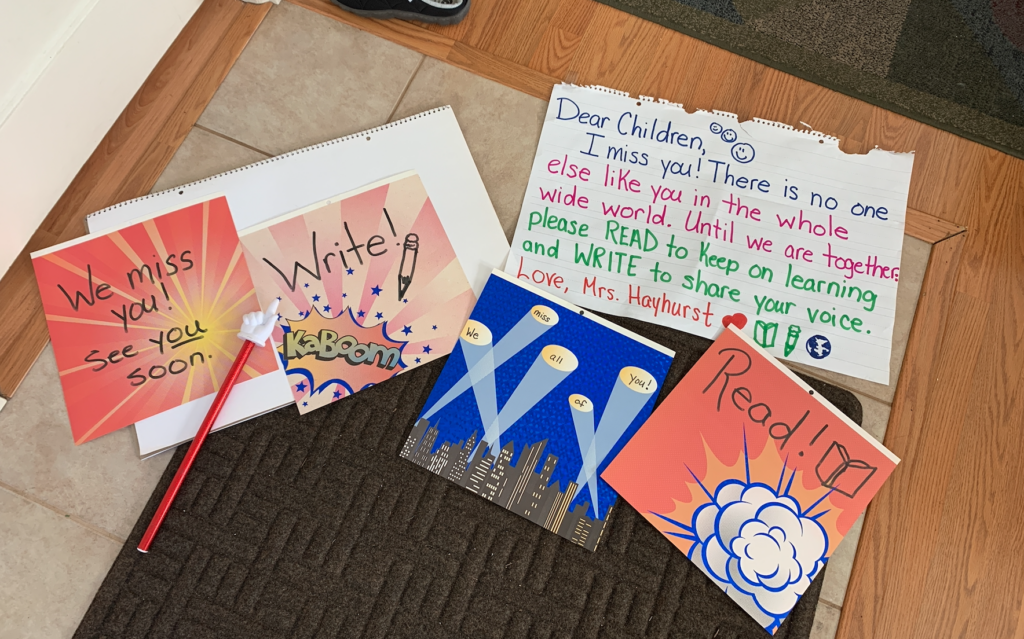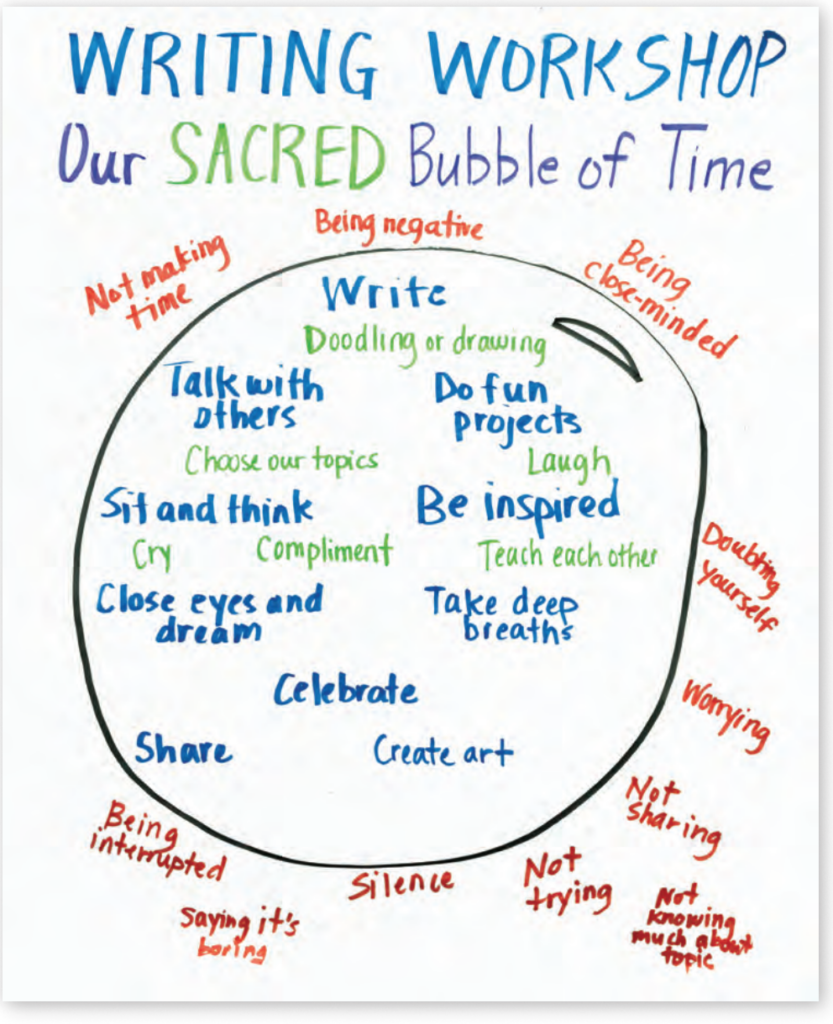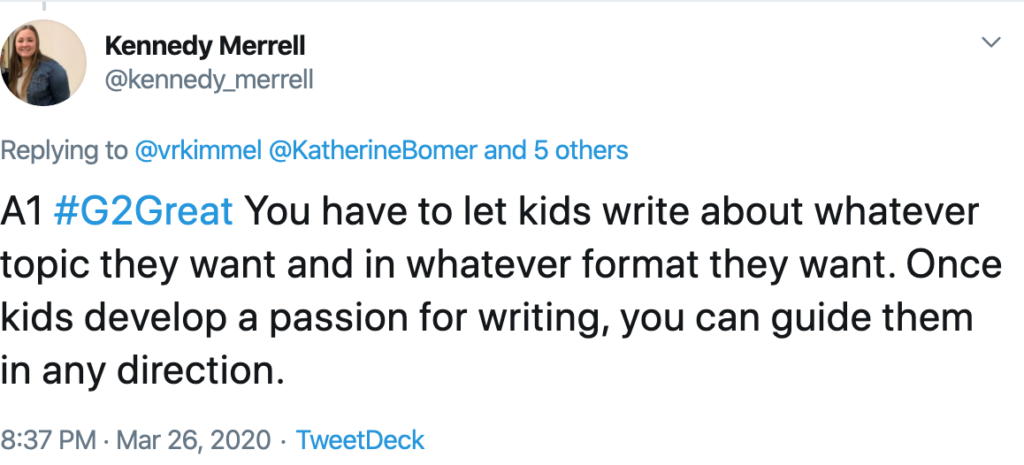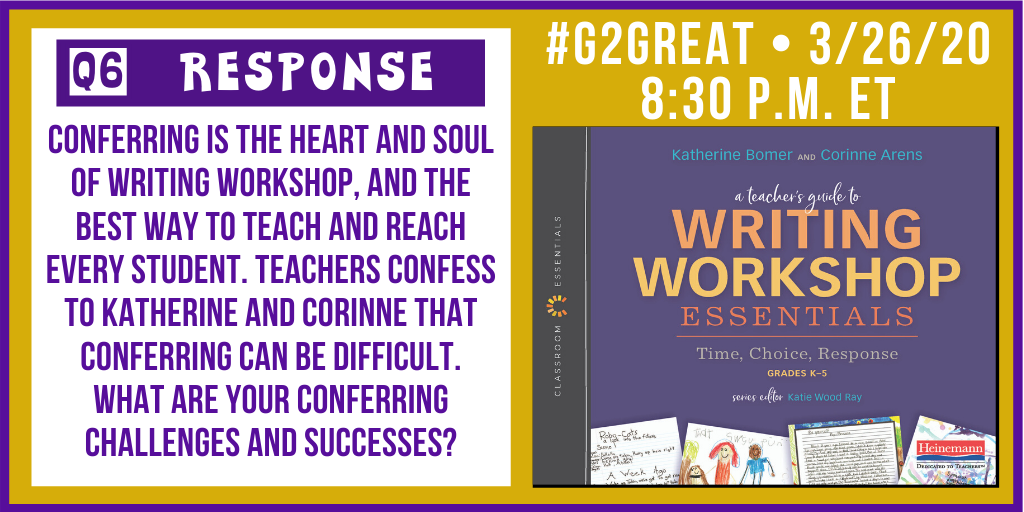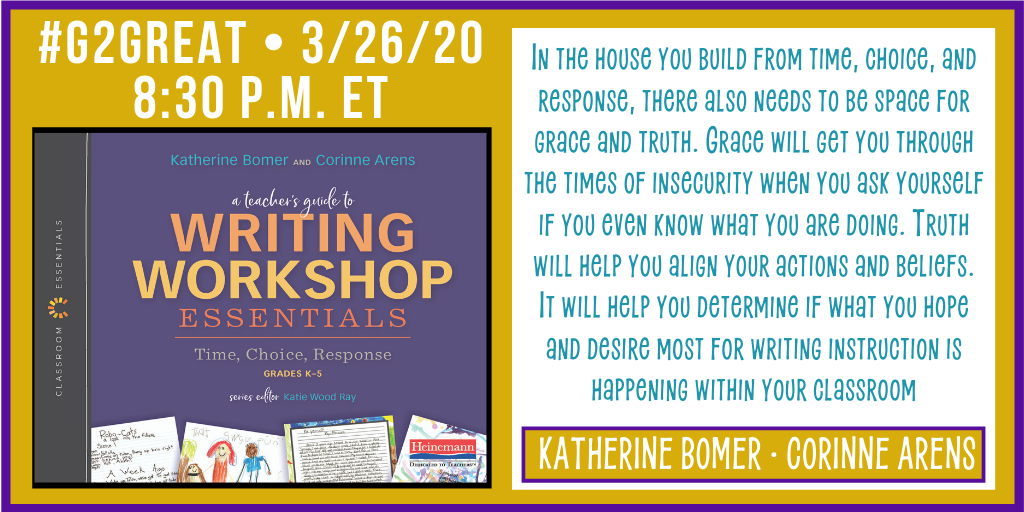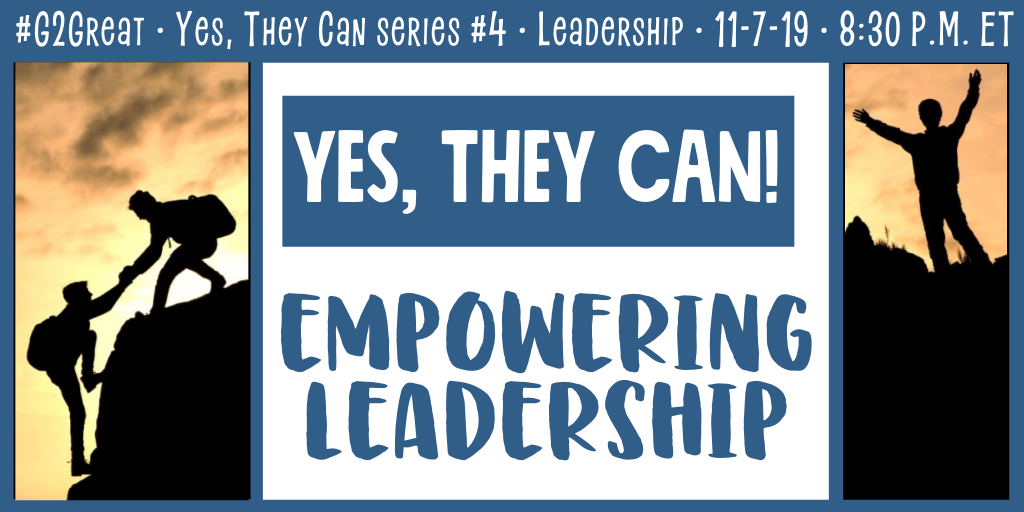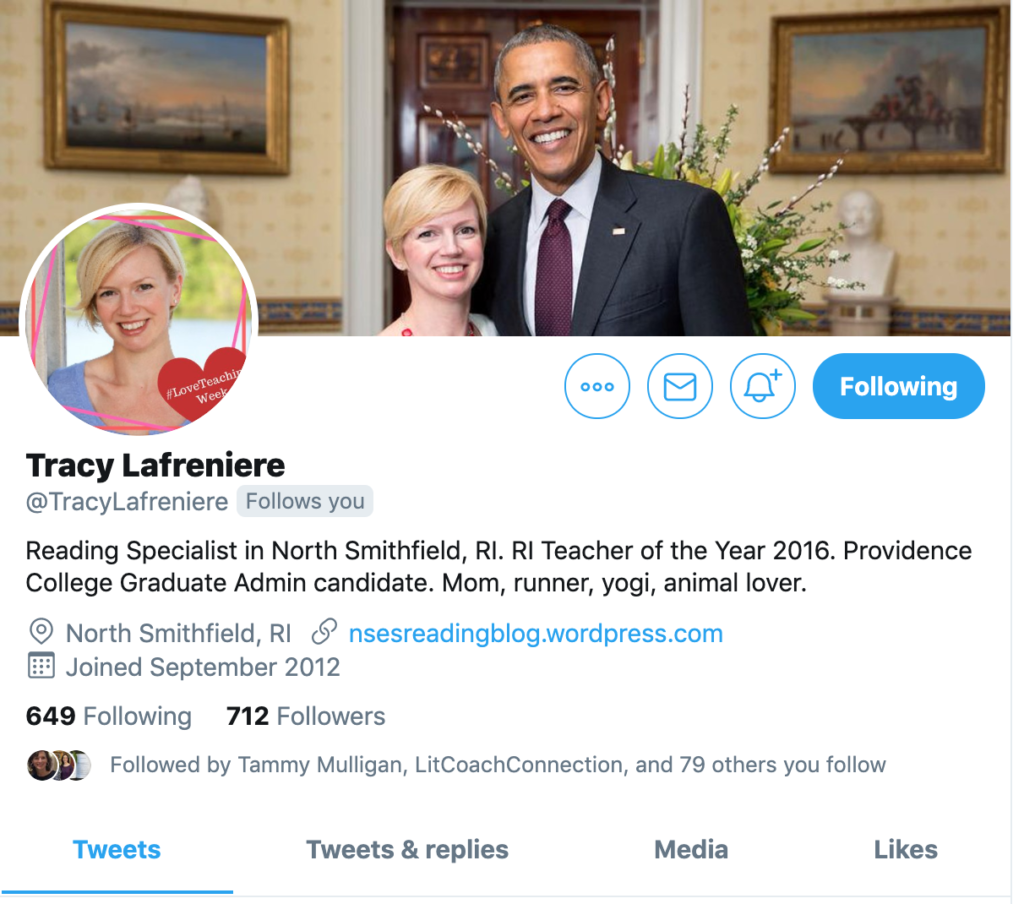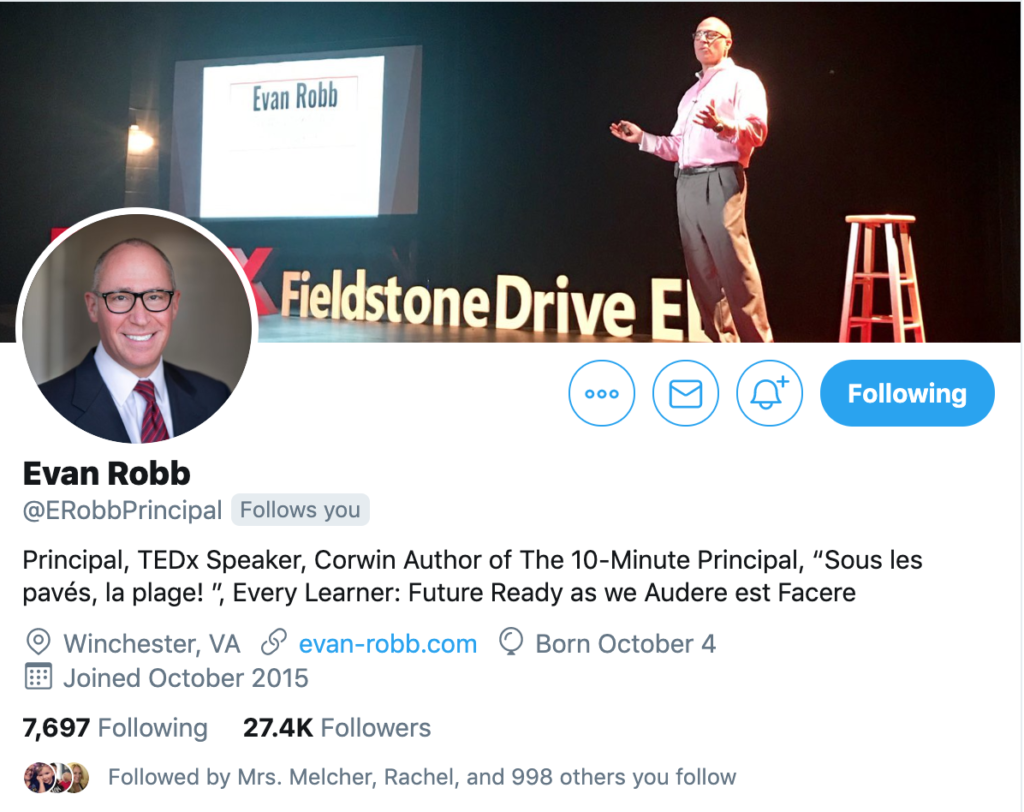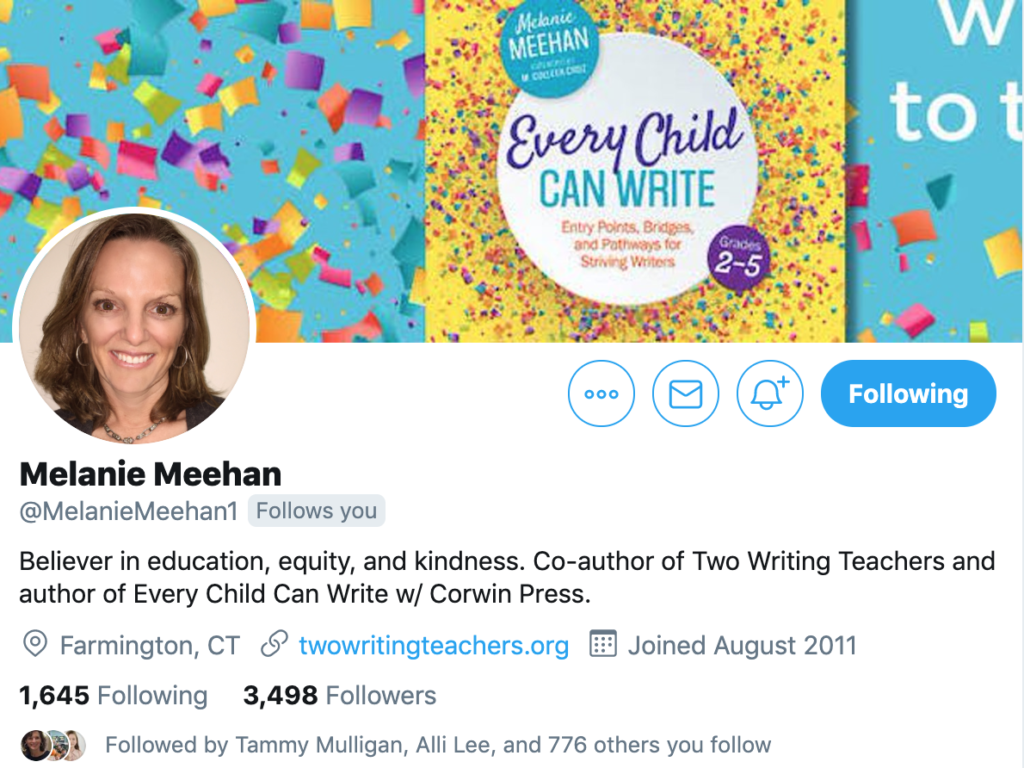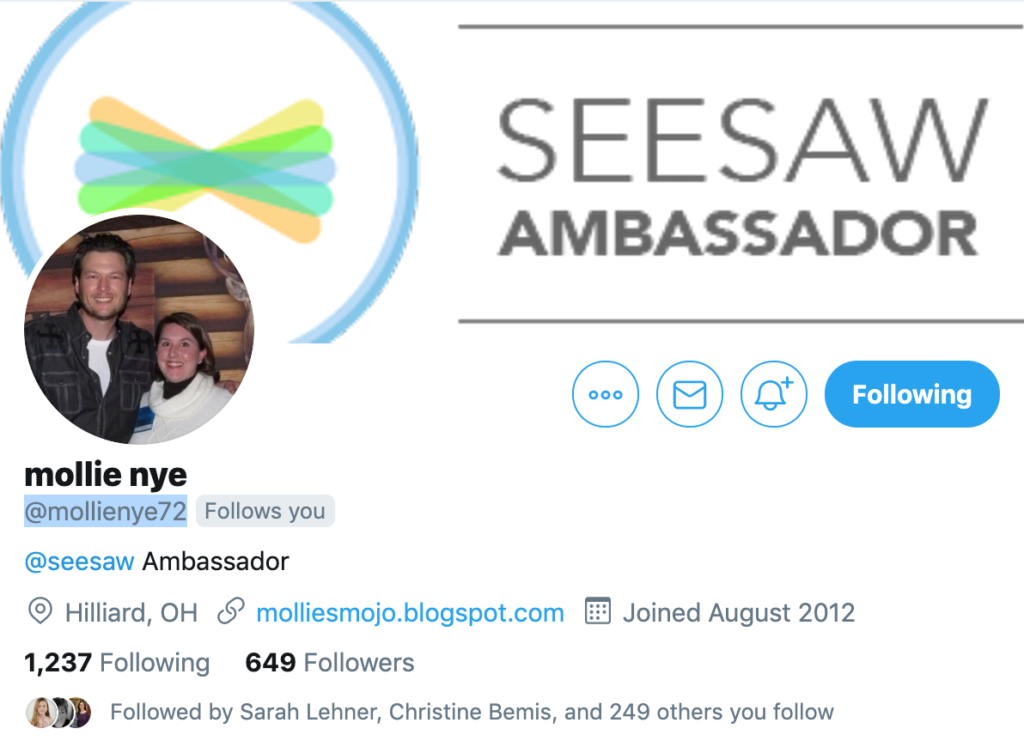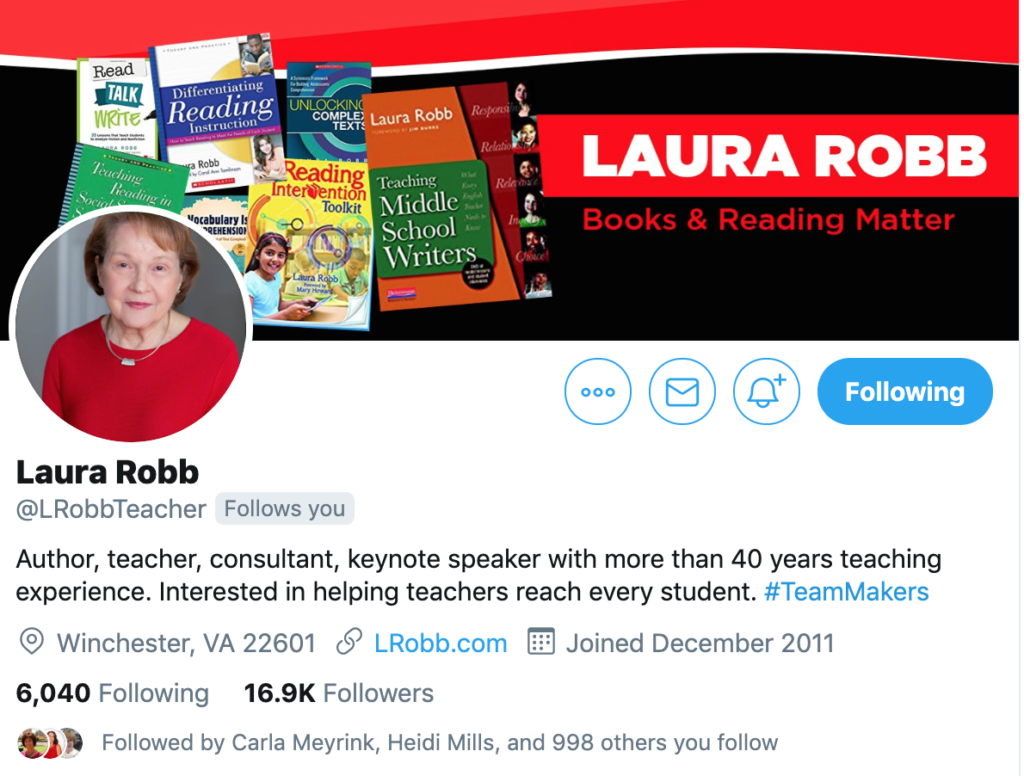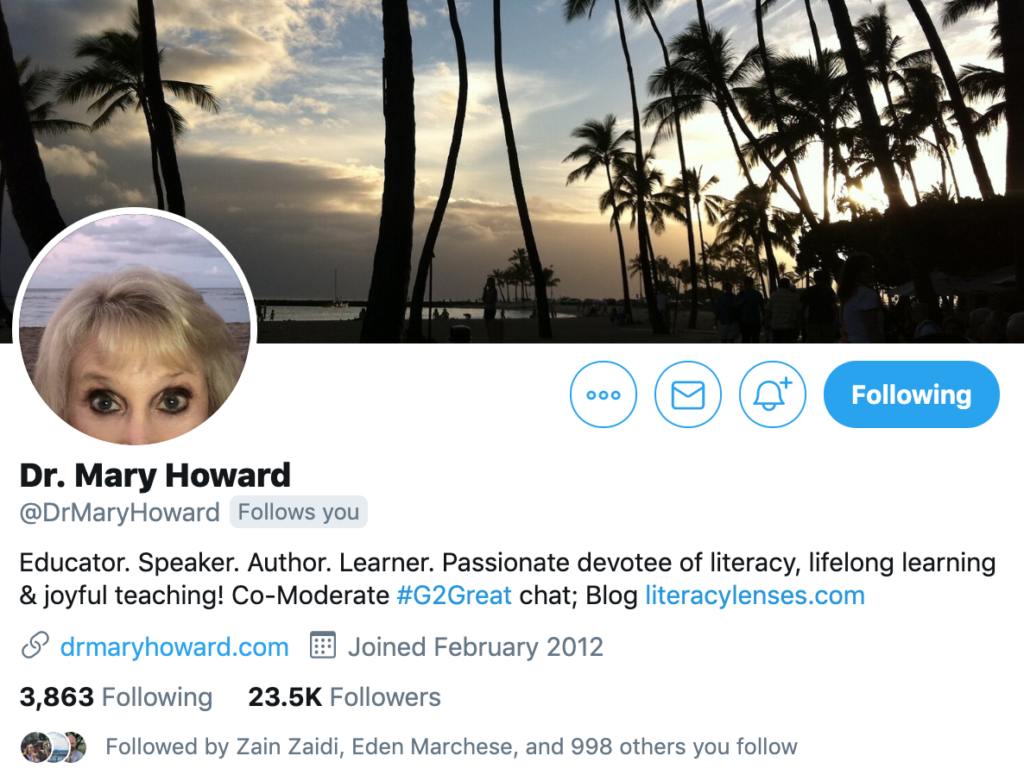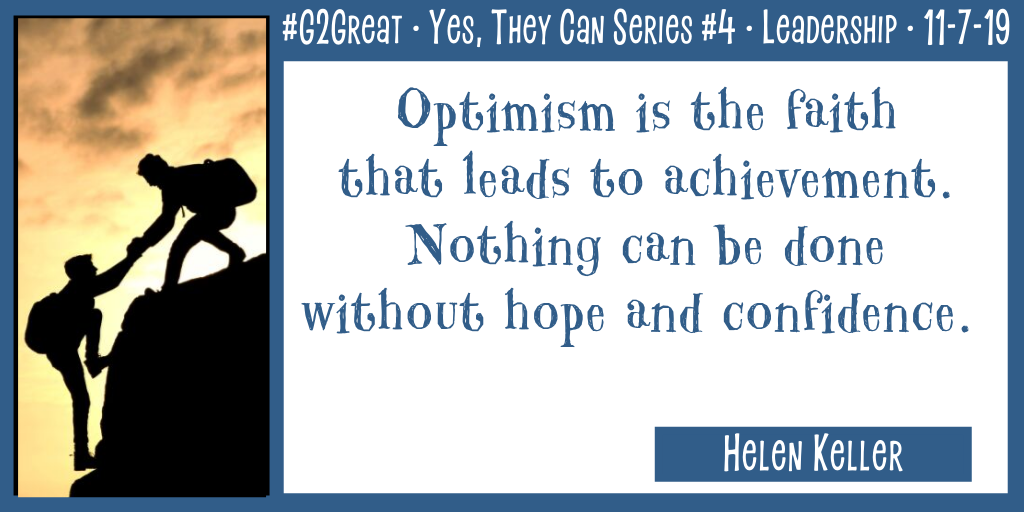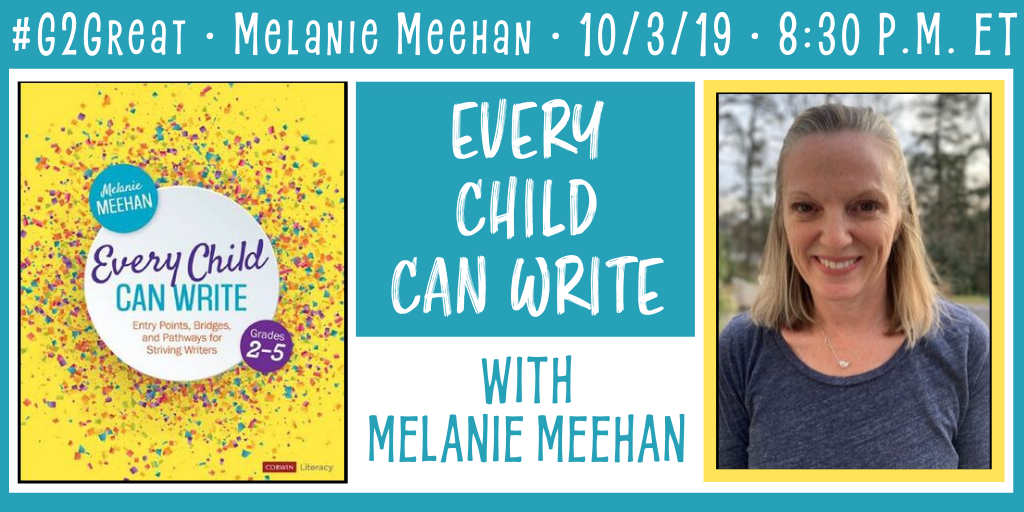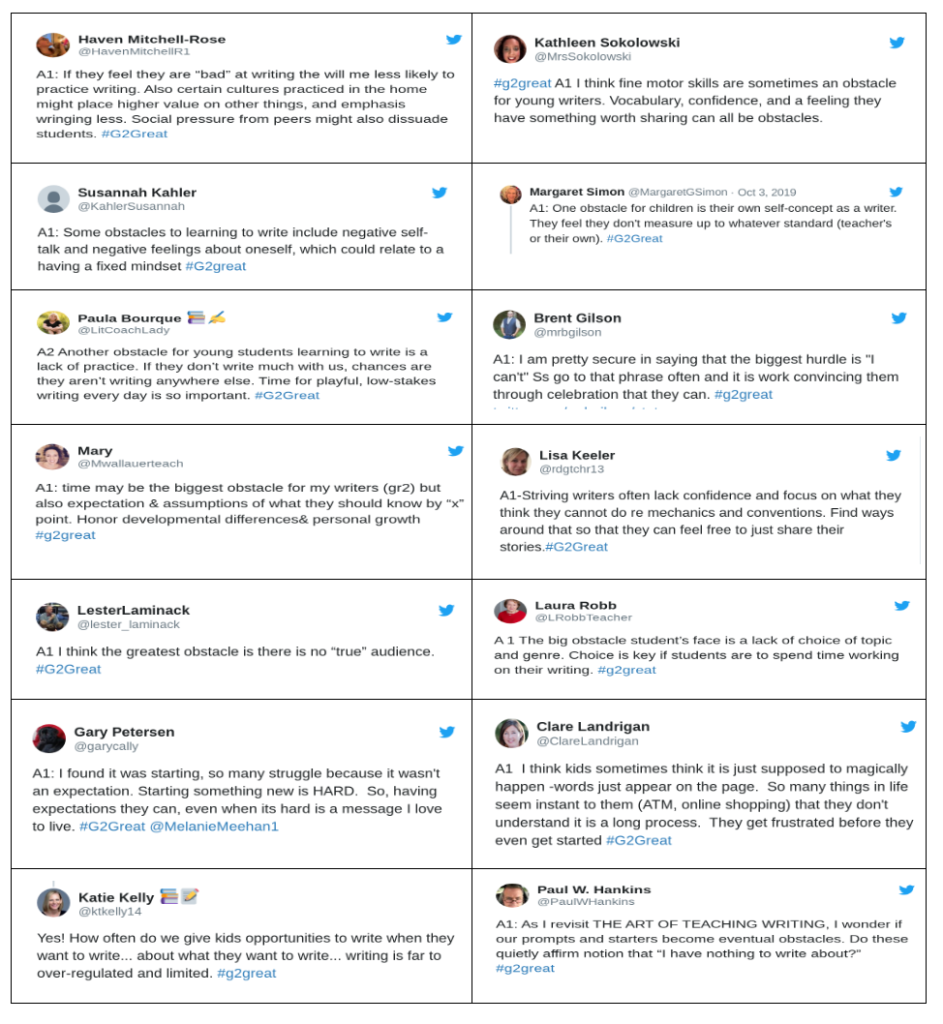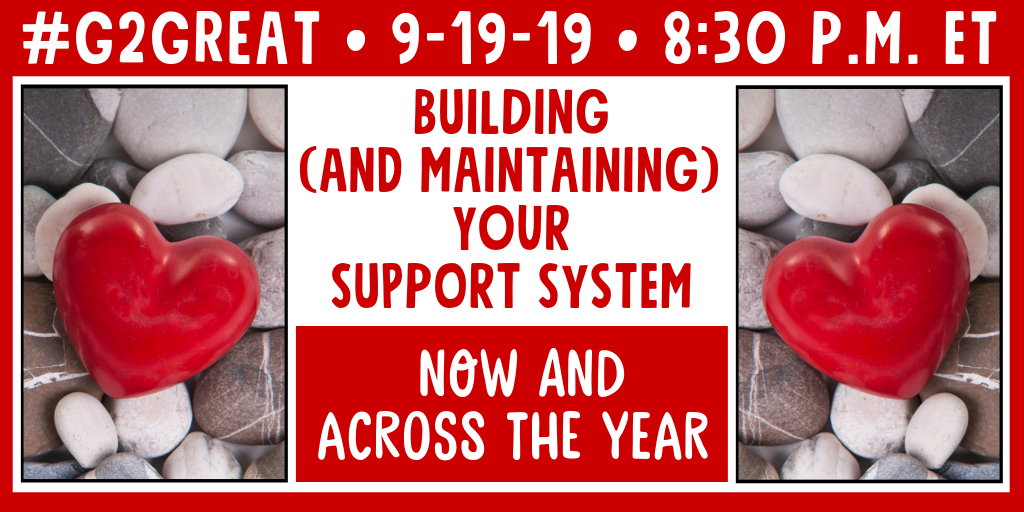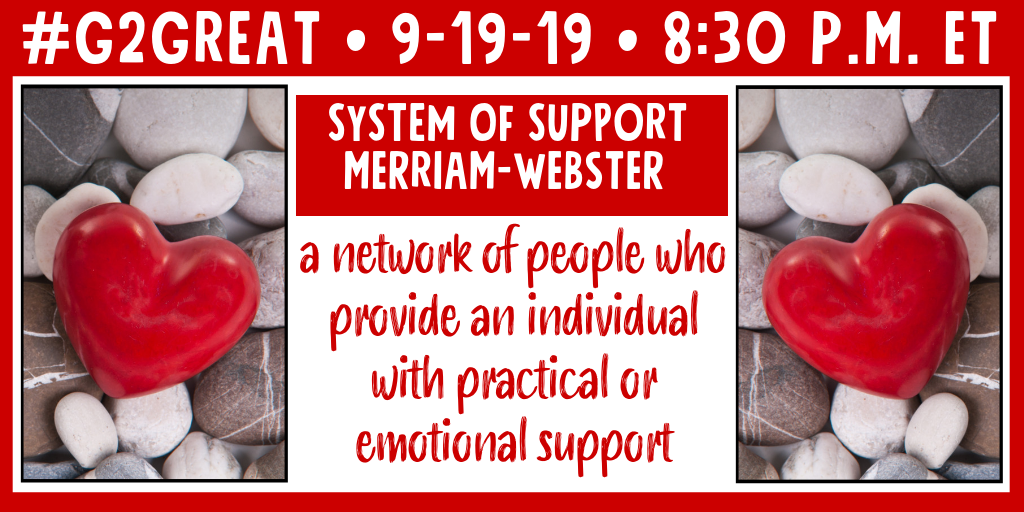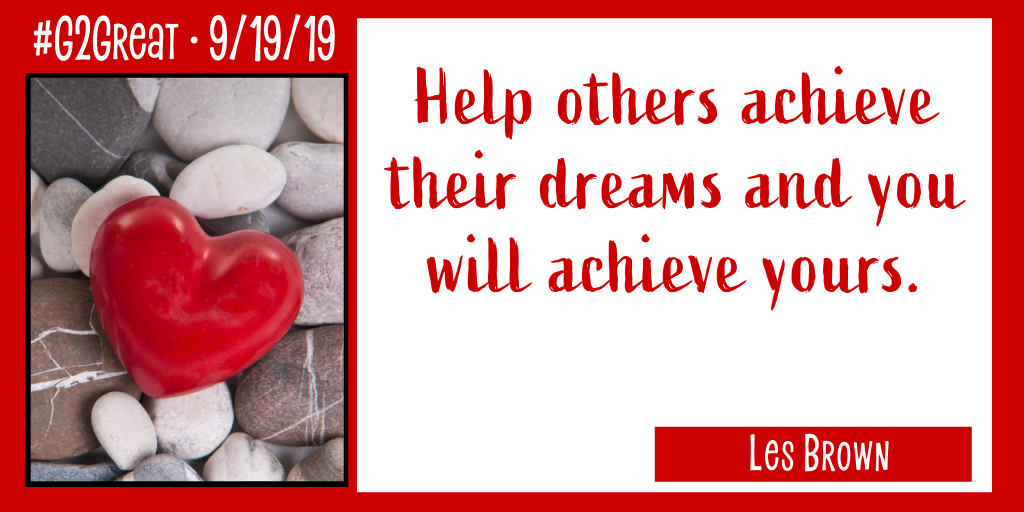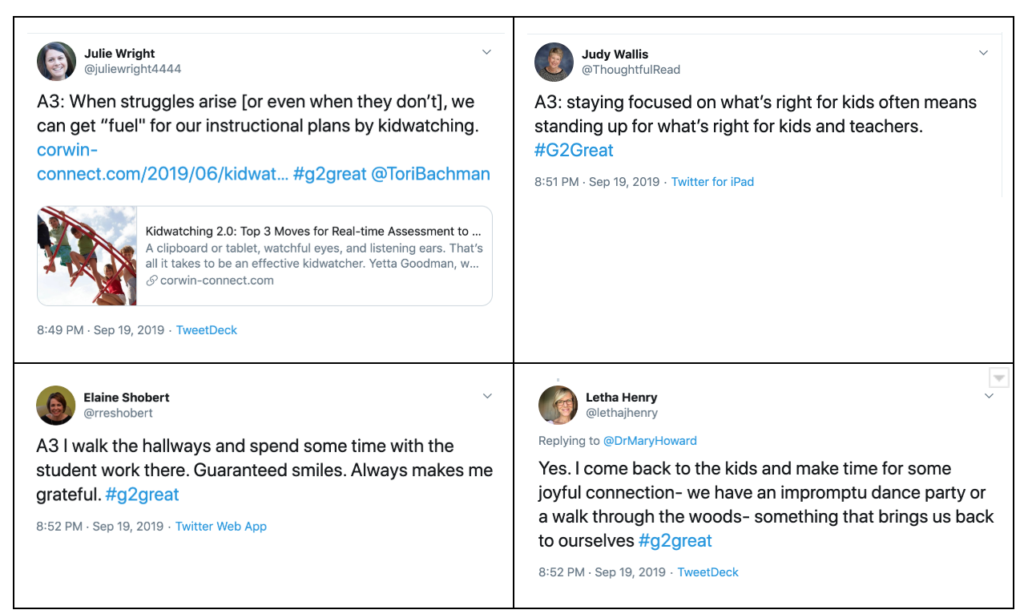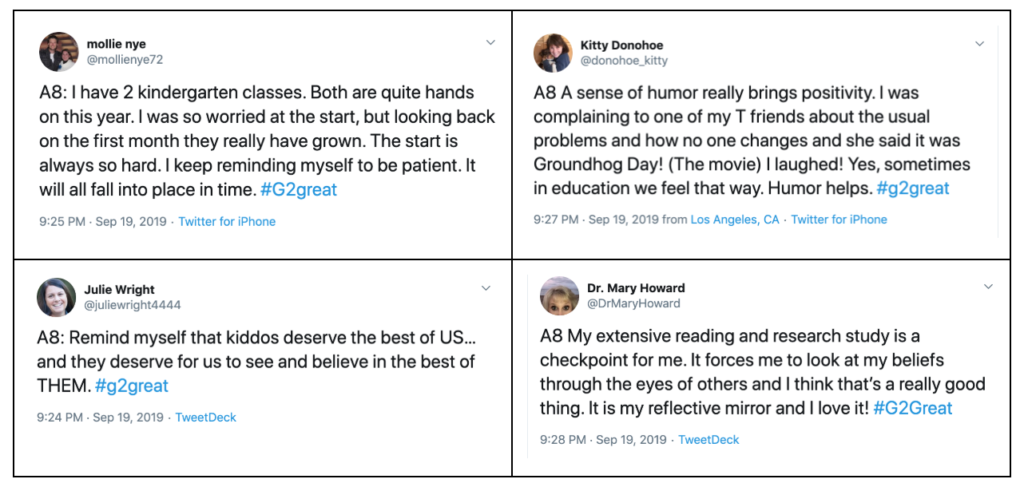by Fran McVeigh
On Thursday, September 24, 2020, #G2Great welcomed authors Doug Fisher and Nancy Frey to chat about their current book (which is one of the titles in this series, Link). The Wakelet from the chat is available for your perusal here.
Doug and Nancy are not new to #g2great. Previous chats include: This is Balanced Literacy, December 12, 2019; and All Learning is Social and Emotional: Helping Students Develop Essential Skills for the Classroom and Beyond, August 29, 2019.
This review of their book by Jackie Acree Walsh said so much that I actually thought my work was done as far as this blog post.
Echoing through the pages of this timely book is the message: Effective teaching is effective teaching, no matter where it occurs. Teacher voices and classroom examples animate core principles of research-based teaching and learning, enabling the reader to visualize practices in both face-to-face and online learning environments. Multiple self-assessments and templates for reflection support reader interaction with the content. The authors connect Visible Learning and informed teacher decision-making to all facets of effective lesson design and delivery, and address the important issues of equity and inclusiveness; learner self-regulation and driving of their own learning; and use of formative evaluation and feedback to move learning forward. A must-read book!
Jackie Acree Walsh, Book Flyer Link (Corwin site)
What a great book that builds on our existing knowledge and pedagogy as well as our values and best intentions! But never let it be said that I didn’t share my own ideas and thinking! Let’s get started with Doug and Nancy’s thoughts about a message from the heart!
What is a message from the heart you would like for every teacher to keep in mind?
Taking care of oneself is essential. Teachers are so giving, sometimes to the point where they sacrifice their own physical and mental well being for the sake of the students and communities they serve. Self-care isn’t selfish. It gives you the emotional muscles needed to serve others effectively.
So what does self-care entail? What do teachers and school staff need to be thinking about? Module 1 in The Distance Learning Playbook addresses this topic. Individual teachers and teams can work through this module to consider actions that will engage and impact students. An excerpt is available from Corwin at (Link) to explore a work / life balance.
One example: If you are considering a “standing desk” to avoid sitting all day every day, think about how you could “try this out” without spending money on a new desk.
HOW? Try a paper box . . . those sturdy boxes that reams of copy paper come in. Do you have one on hand? Or a crate? Set your computer on that box or crate to “raise” the eye level camera for distance learning. Find materials in your home that could be used to raise the work level of your desk in order to create your own DIY standing desk with $0 cost. WIN/WIN!
Do you want to increase the likelihood that you will carry through with actions to increase engagement and impact? Find a commitment partner and agree on what and when you need assistance from your partner in order to be successful.
All of this is possible because Doug and Nancy are quite specific about their success criteria and share those criteria as well as ways to think about rating the criteria and determining the importance of each factor. Link to an example.
What are your BIG takeaways from your book that you hope teachers will embrace in their teaching practices?
The big takeaway is that we realized that as a field we know a lot about teaching and learning, and we didn’t forget it when we needed to engage in distance learning. We hope teachers will regain their confidence as they link what they know to new implementation practices.
This book is titled: The Distance Learning Playbook with a subtitle “Teaching for Engagement and Impact in Any Setting.” That “any setting” means that the basic principles apply across all settings. Yes, distance learning may be one setting but it does not wipe out all other teacher knowledge around pedagogy and curriculum. We don’t reset at zero when the delivery models change; instead, we sort and sift to ensure that we are choosing the BEST strategies and tools for engaging and impacting learning. This information is included in Module 9: “Learning, Distance or Otherwise”.
What motivated you to write this book? What impact did you hope that it would have in the professional world?
Like educators everywhere, we had to rapidly shift to remote learning this spring. But going forward, we knew that we couldn’t remain in a state of crisis teaching. John Hattie’s Visible Learning scholarship has transformed education worldwide. Dozens of educators opened their virtual classrooms to us to create a new visual lexicon for how those evidenced practices are enacted in distance learning. Weaving the two together has transformed the conversation. We hope that it sparks action about how schooling in any setting can be better than ever.
“Action about how schooling in any setting can be better than ever” is the goal. Time, learning opportunities and resources like this text have provided examples of increased learning for students. With a “can do” growth mindset and a toolbelt of best ideas and resources, we can and MUST improve learning. And as a part of self-care and informed, reflective decision-making, our days do not have to be filled with doom and drudgery. We can and MUST build in time for laughter and relationships with our students, parents and communities in order to sustain our lives in these challenging times. Additional ideas on this line can be found in “Module 3: Teacher—Student Relationships From a Distance.”
How are you handling your self-care needs?
What impact are you designing in your lesson planning?
Additional resources: The Distance Learning Playbook – Corwin link Free resources – Corwin link Introduction to Visible Learning – Corwin link 3 part Webinar – Teaching Channel and Distance Learning Playbook registration – link Free Webinar: Going Deeper With Distance Learning, Tuesday Sept 29 @ 12pm PDT/ 3pm EDT – Registration on Corwin site
